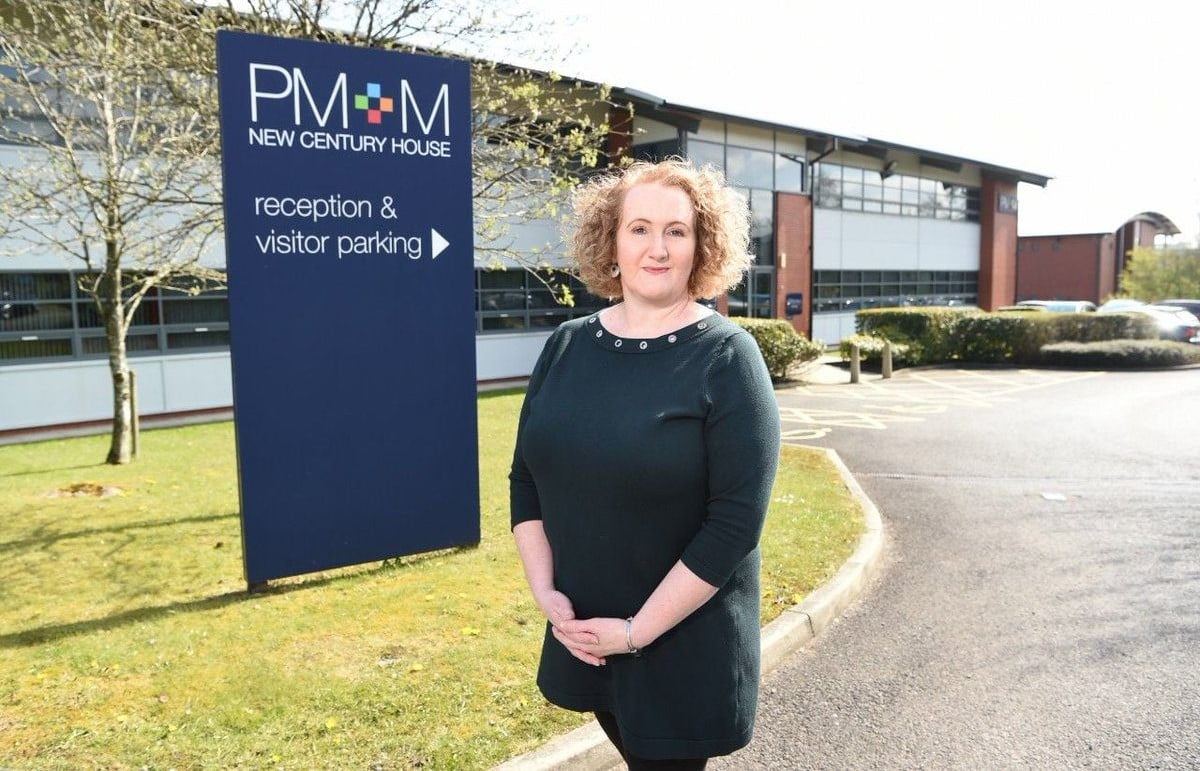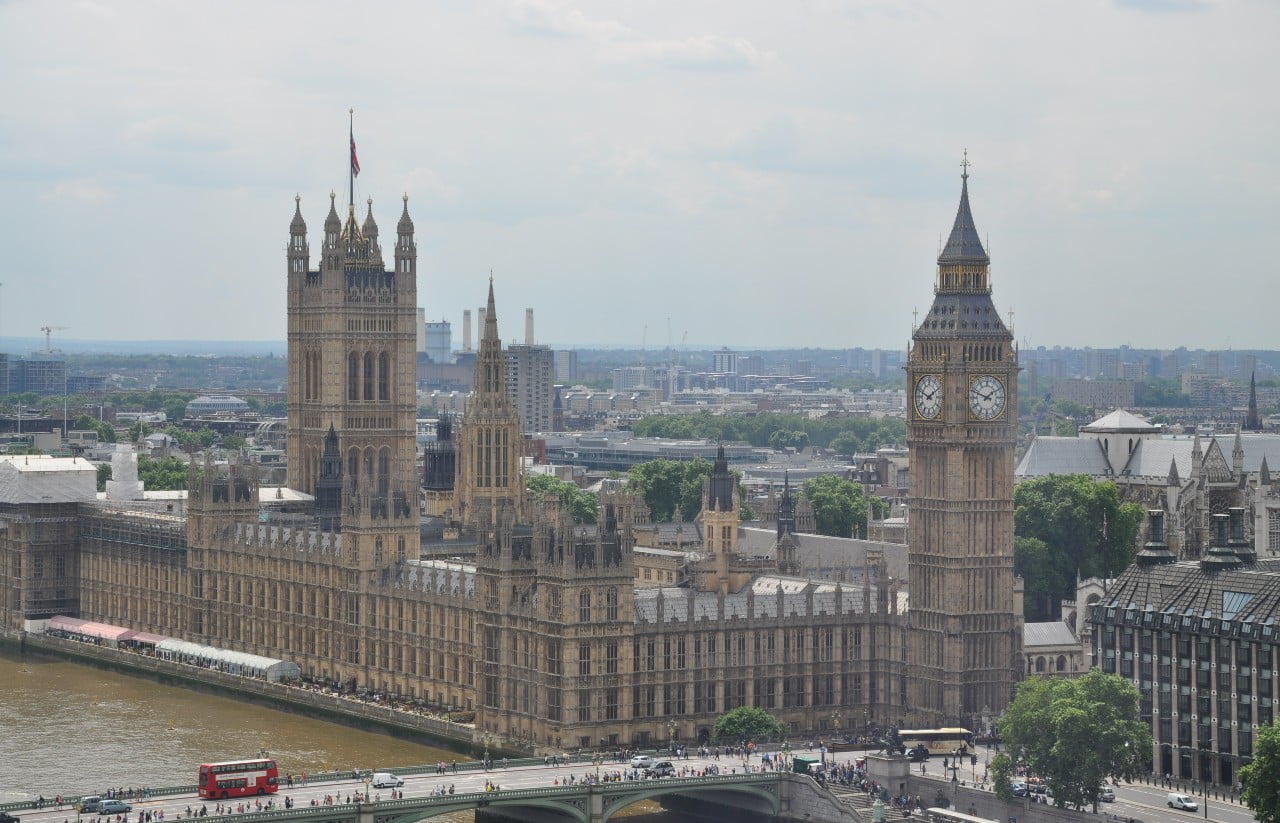This Autumn Statement was the Conservative Party’s opportunity to finally draw a line under the disaster that has become known as Trussonomics. However, its legacy will continue to loom large over the economy for the next few years. The fact that much of the current pain could have been avoided had Truss and Kwarteng actually listened and not acted in such a crusader-like fashion is more than frustrating; it’s still beyond comprehension.
The official announcement of the much-briefed cuts to public spending was no surprise and marks the start of austerity 2.0 despite Jeremy Hunt’s insistence it’s not; even though the scale of fiscal consolidation is comparable to Osborne’s 2010 budget but with a different mix: 55% spending cuts and 45% tax hikes.
The £60bn black hole in the public finances needs to be filled but it’s the poorest in society who will feel the most distress. Government departments are facing a spending freeze in real terms between 2025 and 2028, saving about £30 billion per year by 2028. That’s an eye watering figure but the damage inflicted on the UK’s public services will be felt by ordinary working people; no one should shy away from acknowledging that harsh reality and what it will mean for all of us.
Jeremy Hunt had already warned that he planned to reduce the energy support package which capped energy costs for an average household at £2,500 for the next two years. Today’s statement will see the introduction of targeted support from April 2023, which is good news in terms of giving us some certainty, but means that most of us – except for pensioners and those on low incomes – will be faced with cost increases to the higher cap of around £3,000. Millions of people, including some lower middle earners, are already choosing between eat or heat this winter so this will be a real kick in the teeth. It will also make people reassess how they spend any disposable income they may have which will have a direct effect on their discretionary and luxury purchases. Retail and hospitality are still reeling from both the pandemic and soaring costs so this will – I fear – be another nail in the coffins of many firms, which is heart-breaking.
The decision to extend the freeze on personal tax thresholds – including income tax, national insurance and inheritance tax – until April 2028 will mean more of us are going to be paying higher-rate tax. This fiscal drag will no doubt work as incomes are expected to continue to rise in-line with inflation, thus hauling more and more of us into paying tax and then into the higher tax bands. This move is expected to raise billions for the Treasury but is yet another hit to personal finances. The same principle applies to pensioners, even though the Pensions Triple Lock and Pension Credit will be protected and rise in April 2023 by 10.1%, and those on benefits. Nobody is immune.
The reduction of the additional tax rate threshold from £150,000 to £125,140 does, in theory, mean that higher earners will have a larger tax burden. It certainly chimes with the chancellor’s notion that, “people with the broadest shoulders will bear the heaviest burden”. However, it’s maximum impact is £1,243 per year, so it could be argued that this is just a headline grabbing, token act on the Treasury’s part and won’t actually raise that much money.
The big increase in the National Minimum Wage to £10.42 sounds great, but sadly for most low earners, most of it will disappear in matching reductions in benefits. I fear it will largely just end up being an increase in costs for employers, many of whom are already struggling to stay afloat.
I am very pleased the oil and gas companies windfall tax will be extended and rise from 25% to 35%. It is a positive step, although I believe it should have been higher still. It would have been a step forward in making a slightly fairer society. Especially when the package of support on business rates is around £13.6 billion in total. A higher windfall tax could have helped to raise this and reduce other announced cuts and tax increases.
The changes in capital gains tax and dividend allowances were no massive surprise but they chip further away at business owners.
In terms of R&D, the decision to scale back the benefits of the currently very generous SME scheme is a shame, but I guess is an inevitable consequence of a few unscrupulous advisers and fraudsters spoiling it for everyone else. The increase in the RDEC (large company) scheme credit is welcomed and I suspect this is the first step towards everyone eventually moving onto the RDEC scheme. I understand that RDEC is less susceptible to fraudulent claims, however, it is much less generous. Many innovative, small companies rely on their R&D tax credit claims to keep them afloat in their early years and I fear this could create much damage and threaten the viability of some of them.
The much-maligned term ‘levelling up’ was uttered to some scorn from the other side of the House of Commons but I do welcome the announcement that round two of the Levelling Up Fund will invest at least £1.7bn in local projects across the UK. Hopefully it will be actioned. Although I am slightly sceptical that his plan to encourage competition within the science and digital technology industries will turn the UK into the world’s next silicon valley.
It’s clear today’s statement was all about bringing down inflation, but whilst it remains stubbornly high, at the current rate of 11.1%, the prospect of long-term sustainable economic growth will remain a pipedream. The government needs to get a handle on this hidden tax by getting debt down and balancing the books over the medium term. Will they do it? That’s just a waiting game. But at least today feels like a credible first step backed up by independent analysis, rather than blind hope or an ideology. What is guaranteed is that we are all in for a bumpy and painful couple of years.




